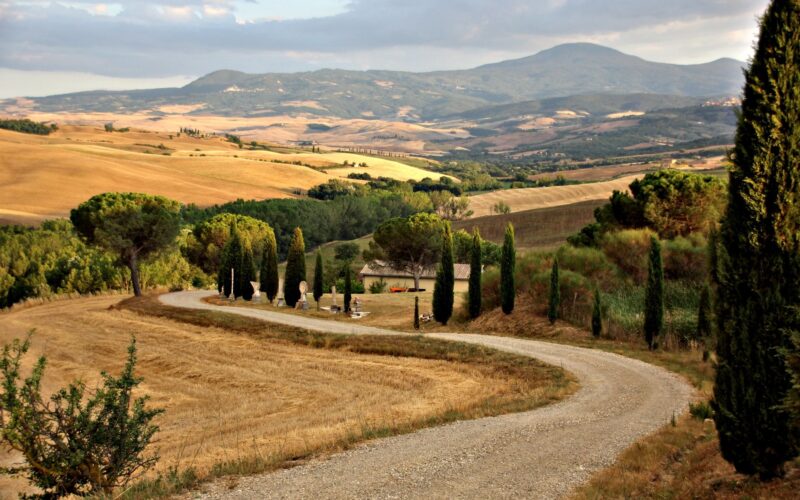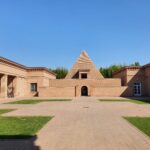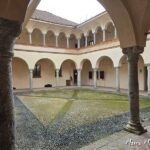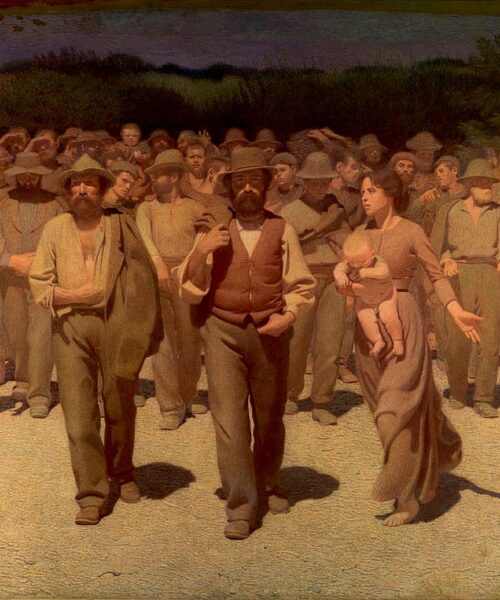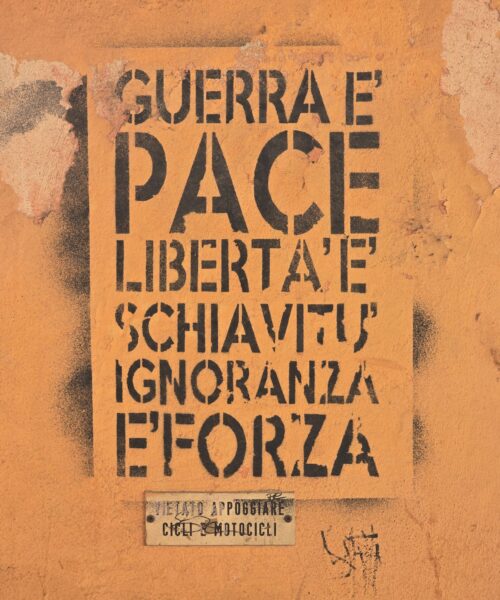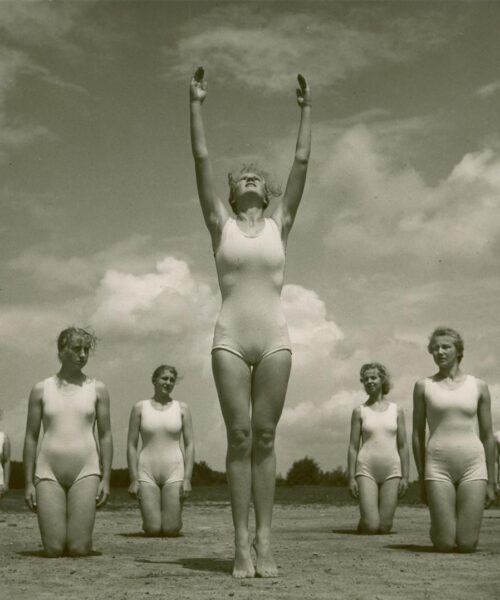There exists a path as old as Europe itself, winding through breathtaking landscapes and charming villages, offering a journey through time and into one’s inner self. This is the Via Francigena, an ancient route guiding pilgrims from Canterbury to Rome, crossing four nations – England, France, Switzerland, and Italy.
It’s the Via Francigena, also known as the Via Romea or Francisca. More than just an ancient pilgrimage route, it’s a corridor of stories, cultures, and spirituality that has spanned Europe for centuries, connecting the north to the south, from the heart of England to the eternal city of Rome, and even further, towards the ports of Puglia, launching points for travelers headed to the Holy Land.
This path, part of the broader network of Roman roads, leads travelers through awe-inspiring landscapes rich in history and beauty. A journey along the Via Francigena is a voyage through time, a mode of exploration that, despite the speed and efficiency of the modern world, still attracts a large number of people today.
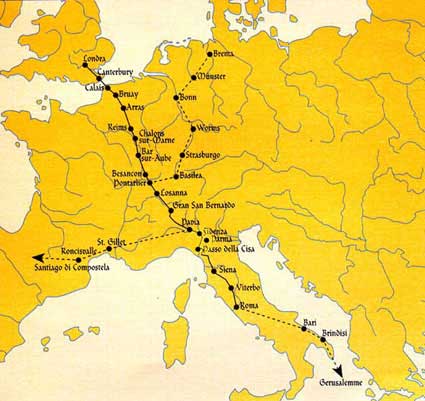
But why, in a world that favors speed and efficiency, do people still choose to undertake this long and strenuous journey on foot? The answer lies in the very roots of being human.
The Via Francigena is not just a historical route or an adventurous trek; it’s a deep dive into a different pace of life. A rhythm marked by footsteps, breaths, sunsets, and sunrises, far from the frenzy of modern life.
Each walker, each pilgrim, takes on the path for different reasons, but there’s a common thread: the search for something. It might be inner peace, self-discovery, or simply the need to test oneself. We walk to think, to reflect, to observe. We walk to understand that traveling is not just moving through space, but also through time and the depths of one’s soul.
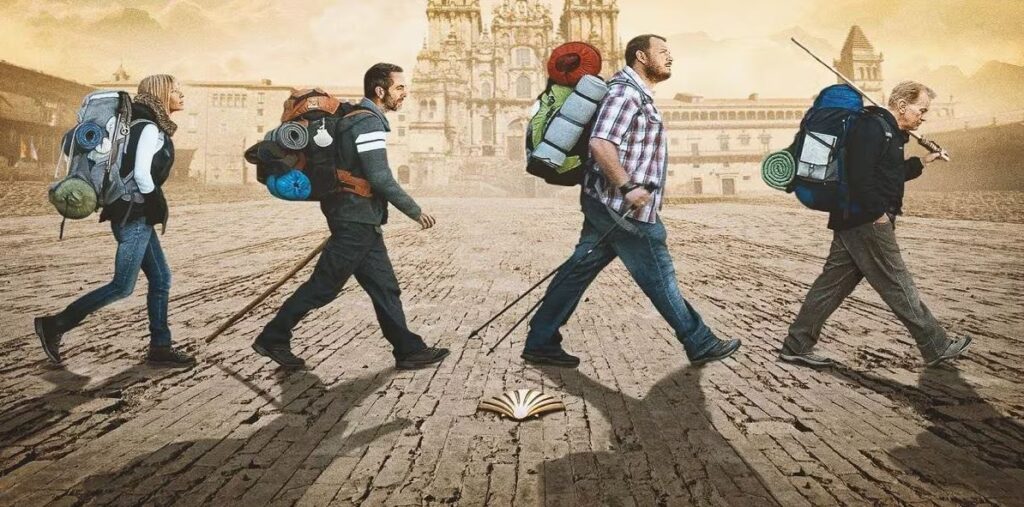
It’s an experience reminiscent of the film “The Way – The Journey to Santiago.” Although it’s a different path, the spirit is the same: a journey that goes beyond mere tourism, transforming into a meditation in motion, accessible to believers and secular or agnostic seekers alike.
Every leg of the Via Francigena brings unexpected encounters, laughter with strangers who become friends, landscapes that shift beneath one’s feet and before one’s eyes, framing a journey that leaves a mark. From the vibrant green hills of England to the rocky coasts of Normandy, from the Swiss lakes to the Tuscan plains, and up to the splendid Roman architectures, the Via Francigena is not just a path, but an open-air masterpiece.
Yes, walking the Via Francigena is an inward journey, a voyage that demands courage and determination. But in the end, when one reaches the Eternal City, it’s discovered that the true destination is the journey itself, the lived experience, the road traveled. And so, in a world that never stops, we find that sometimes it’s the act of walking, step by step, that gives us direction.

